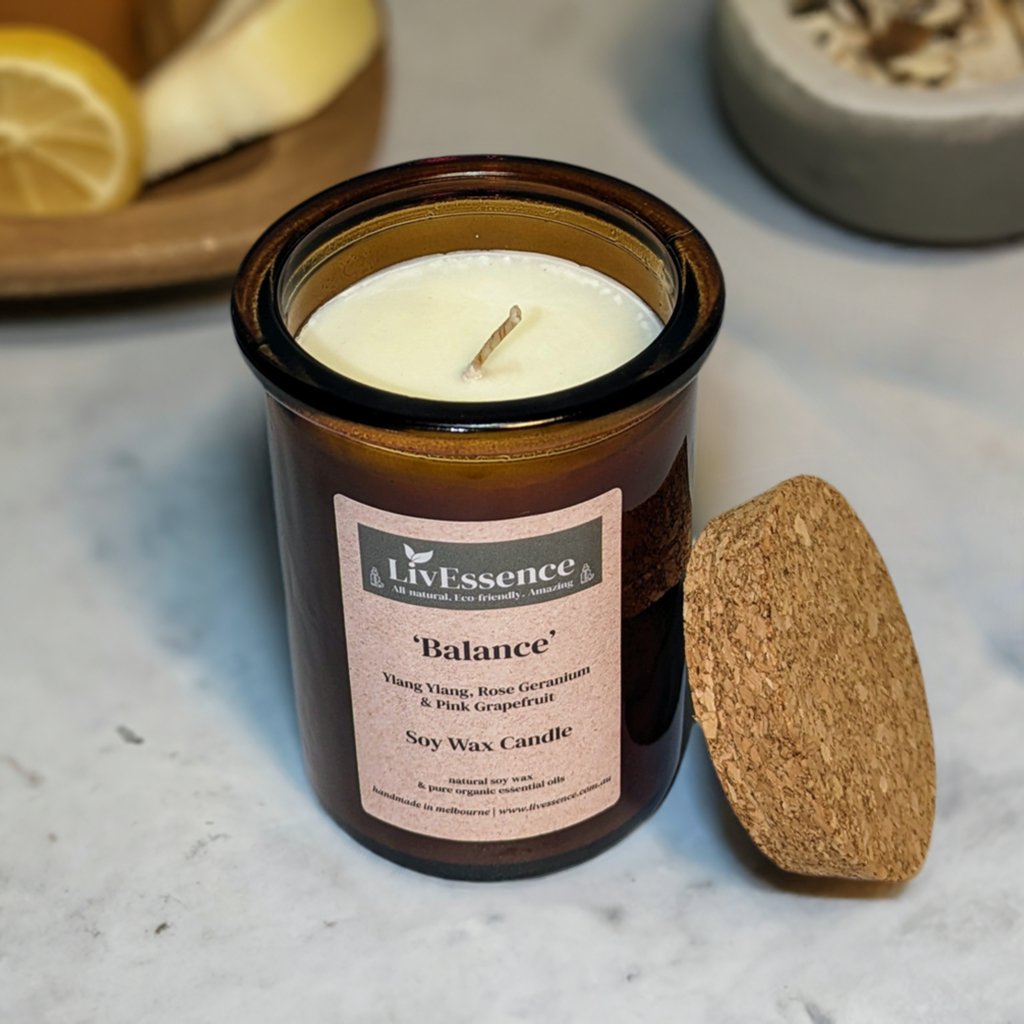Infuse Your Home with the Scent of Crystal Soy Candles and Home Fragrance
Infuse Your Home with the Scent of Crystal Soy Candles and Home Fragrance
Blog Article
From Wick to Wax: Understanding the Chemistry Behind Soy Wax Candles and Their Ecological Impact
As we illuminate our areas with the cozy radiance of candle lights, there lies a realm of complex chemistry behind the apparently basic act of lighting a soy wax candle. Join us as we decipher the clinical complexities behind soy wax candle lights and discover their effects on our environment.
Soy Wax Vs. Paraffin Wax
When contrasting soy wax and paraffin wax for candle making, it is essential to comprehend the distinctive qualities and benefits of each product. Soy wax is an all-natural, renewable energy derived from soybean oil, making it environmentally friendly and eco-friendly - candles. On the other hand, paraffin wax is a result of oil refining, which elevates issues concerning its ecological effect and sustainability
Soy wax candles shed cleaner and emit much less residue compared to paraffin wax candles, making them a much healthier selection for interior air high quality. In addition, soy wax has a reduced melting point, permitting for a longer-lasting candle light that spreads scent better. Paraffin wax, on the various other hand, tends to shed faster and less easily, possibly releasing hazardous chemicals into the air.
From a sustainability viewpoint, soy wax is favored for its biodegradability and renewable sourcing, straightening with the growing customer preference for environmentally conscious products. While paraffin wax has been a typical selection in candle making as a result of its price and simplicity of use, the change towards green choices like soy wax is getting energy in the market.
Chemical Composition of Soy Wax

Burning Refine in Soy Candles
The chemical structure of soy wax directly affects the combustion procedure in soy candle lights, affecting variables such as shed time, aroma launch, and ecological influence. When a soy candle light is lit, the warmth from the flame thaws the wax near the wick.
The combustion performance of soy candle lights is affected by the pureness of the soy wax and the quality of the wick. A clean-burning soy candle with a properly sized wick will produce a steady fire and minimize residue formation. This not only expands the melt time of the candle but also improves the release of scents. home fragrance In addition, soy wax candle lights have a reduced environmental influence compared to paraffin candles because of their renewable and eco-friendly nature.

Environmental Benefits of Soy Wax

Considered a sustainable alternative to standard paraffin wax, soy wax provides remarkable environmental benefits that make it a preferred option amongst eco-conscious consumers. Soy wax burns cleaner and produces much less soot than paraffin wax, contributing to far better indoor air high quality and lowering the need for cleaning and maintenance. In general, the ecological benefits of soy wax straighten with the growing demand for lasting and environment-friendly items in the market.
Recycling and Disposal Factors To Consider
Recycling and appropriate disposal of soy wax candles play an essential role in maintaining environmental sustainability and reducing waste in neighborhoods and houses. When it comes to reusing soy wax candles, the very first step is to guarantee that the candle has actually melted entirely.

In terms of disposal, if recycling is not a choice, soy wax candles are eco-friendly and can be securely thrown away in a lot of home waste systems. It is always advised to examine with neighborhood recycling facilities or waste monitoring services for certain guidelines on candle disposal to guarantee correct handling and environmental security.
Conclusion
In final thought, the chemistry behind soy wax candles discloses their environmental advantages over paraffin wax candle lights. Soy wax, originated from soybean oil, burns cleaner and creates less residue when contrasted to paraffin wax. The combustion procedure in soy candles is extra effective, resulting in a longer and extra even melt. Additionally, soy wax is eco-friendly and sustainable, making it a more sustainable selection for candle production. Reusing and proper disposal of soy wax candles better contribute to their ecological influence.
When contrasting soy wax and paraffin wax for candle making, it is crucial to understand the distinct attributes and advantages of each product (home fragrance).Soy wax candle lights burn cleaner and discharge much less soot compared to paraffin wax candles, making them a healthier choice for indoor air high quality.Taken into consideration a sustainable alternative to conventional paraffin wax, soy wax provides significant ecological benefits that make it a popular choice among eco-conscious consumers. Soy wax burns cleaner and generates less residue than paraffin wax, adding to better interior air high quality and reducing the need for cleansing and maintenance.In verdict, the chemistry behind soy wax candle lights reveals their environmental benefits over paraffin wax candle lights
Report this page